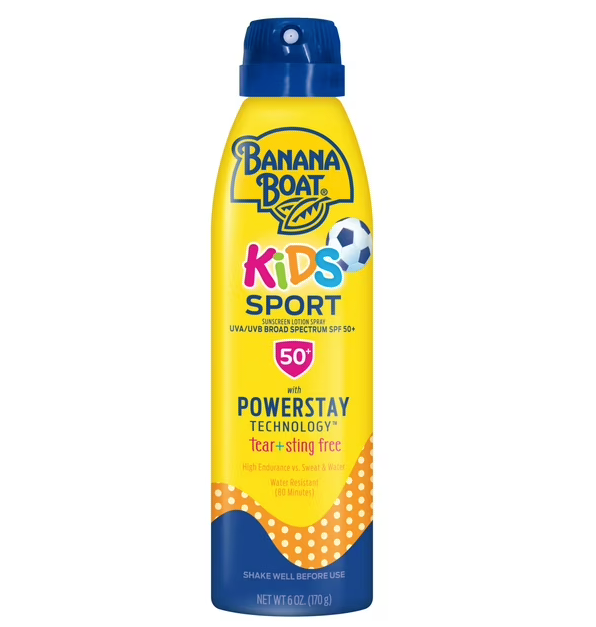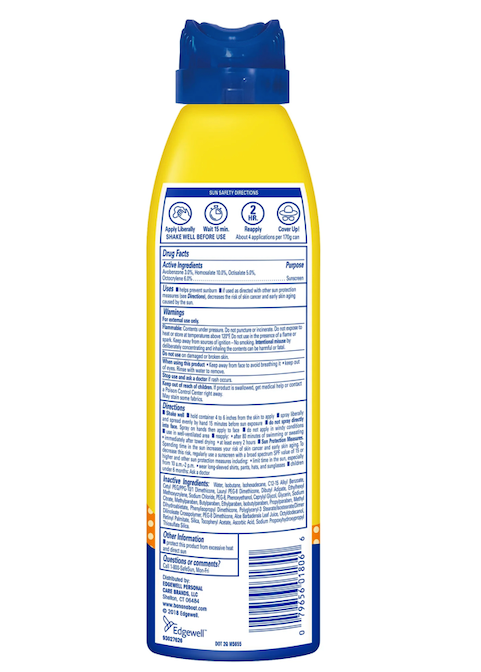Understanding Emollients and Their Role in Sunscreen
When it comes to skincare, few ingredients are as essential — and misunderstood — as emollients. These moisturizing agents play a crucial role in the effectiveness, comfort, and cosmetic elegance of products like sunscreen. While sunscreens are primarily designed to protect the skin from harmful UV rays, their formulation must also ensure that they feel pleasant to apply, remain stable on the skin, and support skin health. This is where emollients shine.
What Are Emollients?
Emollients are substances that soften and smooth the skin by filling in tiny cracks in the skin barrier, thereby improving skin hydration and texture. Unlike occlusives (which form a barrier on the skin) or humectants (which draw water into the skin), emollients work by enhancing the skin's natural barrier function and providing a smooth, flexible surface.
They are widely used in moisturizers, ointments, and of course, sunscreens — where they contribute to both functionality and feel.
Types of Emollients Used in Sunscreens
Emollients can come from natural, synthetic, or semi-synthetic sources. Here are the most common categories and examples used in sunscreens:
1. Hydrocarbons (Occlusive Emollients)
- Examples: Petrolatum, mineral oil, paraffin, squalene (natural form), squalane (stabilized form)
- Function in Sunscreen: Provide a water-resistant barrier, help improve SPF stability, and reduce transepidermal water loss (TEWL)
- Pros: Excellent barrier function, long-lasting hydration
- Cons: May feel greasy or heavy, especially in hot climates
2. Fatty Alcohols
- Examples: Cetyl alcohol, stearyl alcohol, cetearyl alcohol
- Function in Sunscreen: Help emulsify formulas and give a creamy texture while moisturizing
- Pros: Enhance spreadability and product stability
- Cons: Misunderstood due to the term “alcohol” — but these are non-drying and beneficial
3. Fatty Acids and Esters
- Examples: Isopropyl myristate, caprylic/capric triglyceride, isostearyl isostearate
- Function in Sunscreen: Impart a silky feel, reduce greasiness, enhance absorption of actives
- Pros: Lightweight, non-greasy finish — ideal for facial sunscreens
- Cons: Some (like isopropyl myristate) can be comedogenic on acne-prone skin
4. Silicones
- Examples: Dimethicone, cyclopentasiloxane, phenyl trimethicone
- Function in Sunscreen: Improve spreadability, provide a silky skin feel, and act as water repellents
- Pros: Non-comedogenic, excellent sensory experience, help in "primer-like" sunscreens
- Cons: Non-biodegradable — concerns for environmentally conscious consumers
5. Plant Oils and Butters
- Examples: Coconut oil, shea butter, jojoba oil, sunflower oil
- Function in Sunscreen: Offer natural emollient properties, deliver antioxidants, and sometimes contribute to SPF via minor UV-absorbing compounds
- Pros: Natural appeal, nourishing to skin
- Cons: Stability can be an issue; may go rancid or affect texture in hot conditions
Why Emollients Matter in Sunscreens
1. Enhancing User Experience
A sunscreen that feels greasy or sticky is less likely to be used consistently. Emollients improve sensory properties — making products smoother, lighter, or richer, depending on the formula's purpose.
2. Supporting Skin Barrier Function
Sun exposure can dehydrate and damage the skin. Emollients replenish lipids and soothe irritation, helping to maintain or restore the skin barrier.
3. Boosting Formulation Stability
Certain emollients help dissolve UV filters and emulsify water-oil phases, ensuring the sunscreen remains homogeneous and effective throughout its shelf life.
4. Improving Water Resistance
Occlusive emollients and silicones help the sunscreen remain intact on the skin despite sweating or swimming — a critical feature for outdoor or sport sunscreens.
Choosing the Right Emollient-Containing Sunscreen
Different skin types and preferences call for different emollients:
- Oily/Acne-Prone Skin: Look for lightweight esters and silicones (e.g., dimethicone, caprylyl glycol) — non-comedogenic and breathable.
- Dry or Sensitive Skin: Choose rich occlusives and plant butters (e.g., shea butter, petrolatum, squalane) for intense hydration.
- Eco-Conscious Users: Seek sunscreens with plant oils or biodegradable emollients, avoiding heavy silicones or synthetic hydrocarbons.
Final Thoughts
Emollients may not be the star of the sunscreen world, but they are the unsung heroes that ensure protection is not just effective — but comfortable and wearable. Whether you’re formulating or choosing a sunscreen, understanding emollients helps in selecting products that not only protect your skin from the sun but also nourish, hydrate, and care for your skin long after application.



